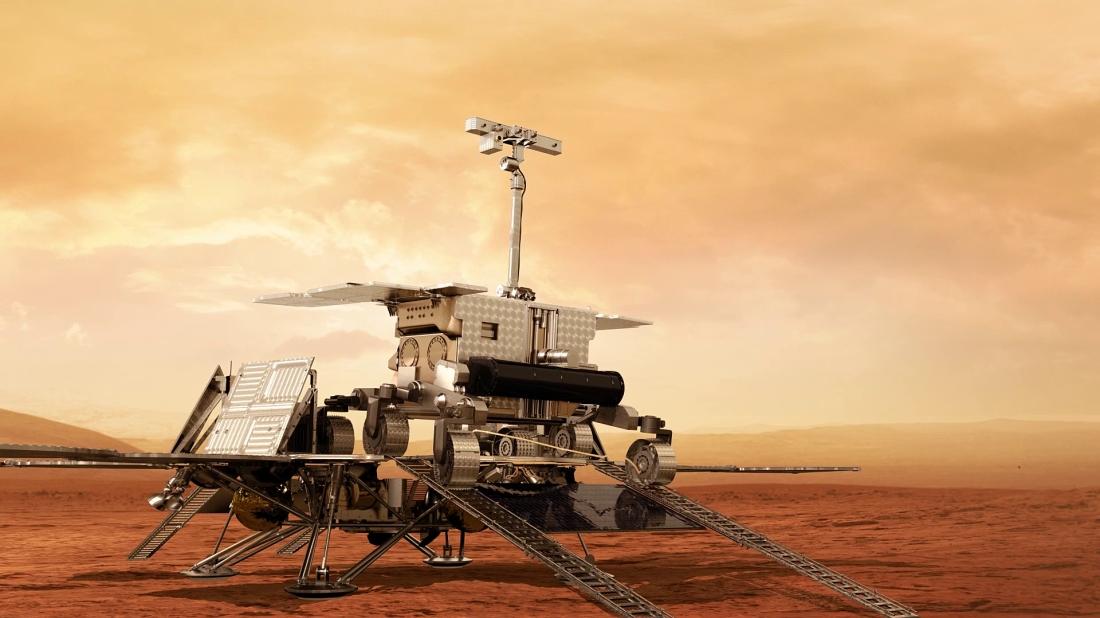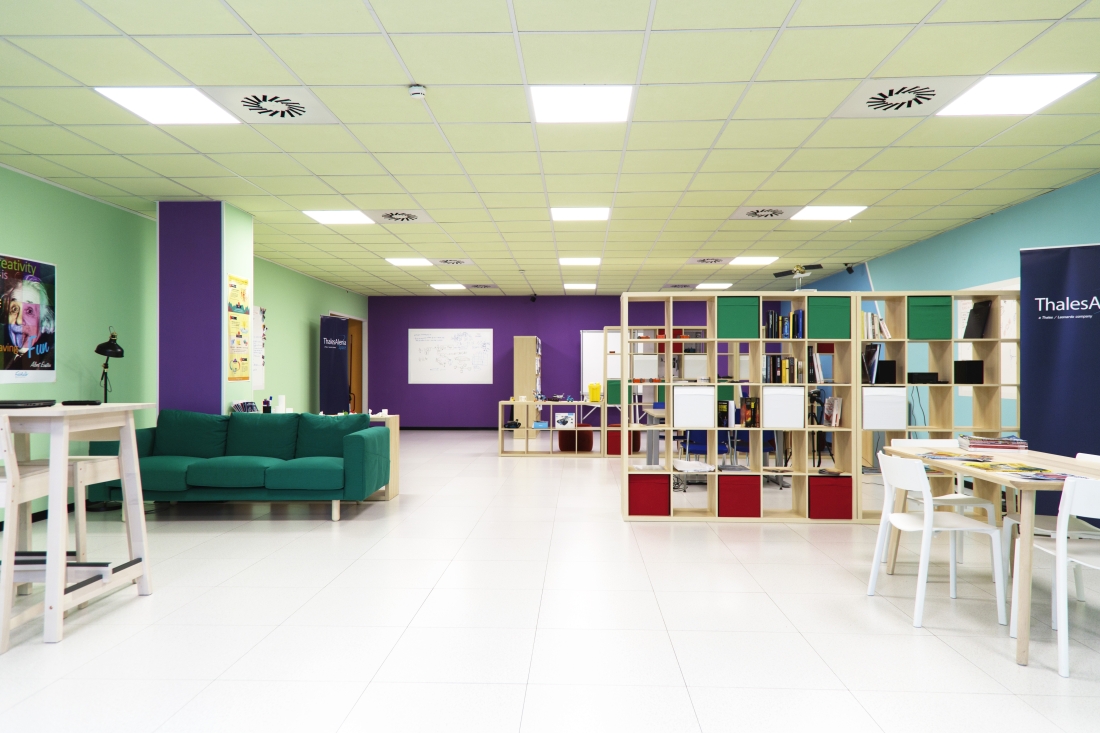Will Artificial Intelligence energize the space market?
We’re going to explore AI through the eyes of Oreste Trematerra, Artificial Intelligence, Cyber Security and Data Exploitation Study Manager at Thales Alenia Space, who was already exploring this subject during his undergraduate days.

Oreste, how are you planning to apply AI to space technology?
Having developed one of the first software programs in Italy for object recognition through neural networks, it’s only natural that I’d look for ways of using AI in both civilian and military applications. By applying AI to radar data from satellite, in conjunction with academia and other companies, we have achieved significant results in ship detection and the observation of oil spills.
In my new position, which I started a year ago, I have greatly expanded the use of AI to other sectors and programs, sharing our work and solutions with other specialists.
How can AI improve our exploitation of satellite data?
Today we are witnessing a real revolution in terms of the unprecedented amount of space data… but it is not always used effectively.
We are now investigating how AI can maximize benefits from this data, for instance by solving large-scale problems and improving data classification and its predictive capability.
Can you give us some concrete examples at Thales Alenia Space?
Machine learning is already an invaluable tool in the analysis of complex remote sensing and telemetry data. Thales Alenia Space is already involved in several projects, ranging from classification to threat prediction. Our Innovative AI algorithms for the ORME project (Optical and Radar Mapping Earth) won a company innovation award, and we’re now working on a project called OLTRE SAT (Onboard Layer Target REcognition SATellite), which embeds AI capability in the spaceborne component of a system.
What about AI applications in space exploration?

Let me give you an example: a rover on Mars can only be given instructions every 20 minutes, the time it takes for signals to travel between Earth and Mars. A rover equipped with autonomous navigation capability could make more than five decisions per minute, and would be limited only by the speed of its computer. At Thales Alenia Space’s FabLab in Rome, we are already testing autonomous rovers.

AI take-up is advancing, but some fundamental barriers remain. How can this situation be resolved?
Few companies have the basic building blocks needed for AI to generate value at scale. One of the biggest hurdles to AI take-up is in fact the technology’s similarity with the human brain. As you know, AI was developed to replicate the human neural network: just as our decisions are individualistic and not deterministic, the same applies to AI decisions. In other words, these systems are considered as black boxes where for each given input there’s an output – but we don’t know what exactly happens inside.
Today we don’t know if an AI network’s decision is right or wrong, which obviously induces a lack of customer trust. But this is also a basic quality of AI, enabling it to find solutions even in the presence of unknown obstacles and threats.
I see two viable solutions. AI languages are being developed to allow humans to communicate with neural networks during training and execution. This means we will soon be able to receive information from inside the black box and refine the decision-making process. At the same time, the implementation of official certification processes will play a vital role in validating AI solutions.
Innovation flowers at Thales Alenia Space
Artificial Intelligence is an integral part of a comprehensive strategic approach anchored in innovation: the Factory of the Future. In the fiercely competitive communications satellite sector, it is more than ever vital to manufacture “more, cheaper and faster”. The Factory of the Future is naturally aiming to introduce state-of-the-art production technologies. And the trend is already well under way, with a stream of innovations coming online in the last few years: additive manufacturing, virtual and augmented reality, the Internet of things, robots and cobots in AIT, digital twins or AI. In short, the future is now in Thales Alenia Space’s clean rooms!
Copyrights: ©Thales Alenia Space/Briot - ©Thales Alenia Space/Master Image Programme - ©Thales Alenia Space/Creative Spirit